|
Beep! Beep! Beep! That is the sound the gas monitor in my waist pocket made indicating that there was no oxygen as I descended into the pre-1945 sewer manhole on the Muranowska street side of the Mila 18 command bunker in Warsaw. My legs kept stepping downward, but the three Warsaw municipal sewer workers, each of whom stepped on the scale at a few weight classes above me, cranked me up to surface as if they were master puppeteers. The three Polish workers then hooked up a 15 cm diameter hose to a high capacity air blower and stuffed it down the manhole hole to raise the oxygen concentration to a sufficiently breathable level. No one had entered this manhole 20 m from the Mila 18 bunker since World War II, so I was more than ready to jump back in.
The official date of the beginning of the Warsaw Ghetto uprising is April 19th, the day of the first evening of Passover and the day before Hitler’s birthday. The liquidation of the Ghetto was planned to be presented as a gift. Upon entering the Ghetto, SS troops were met with gunfire, Molotov cocktails, and homemade bombs. Hitler did not receive his birthday gift, and the 70,000 surviving Jews in the Ghetto (decimated from a peak of 500,000) celebrated Passover in freedom for the first time in four years. Following the chaotic and humiliating route of the Nazi troops, SS-Brigadeführer Jurgen Stroop took over the command and systematically blew up, gassed, and burned the Ghetto house by house, block by block. 700 poorly armed and miserably supplied Jewish resistance fighters fought 2000 Nazi troops supported by artillery, tanks, and air bombardments. Even after the Ghetto was razed to bricks the resistance carried on from more than 600 bunkers dug below the Ghetto basements. On May 8th, with information supplied by informers, Stroop’s German and Ukrainian troops surrounded the command bunker at Mila 18. This was the largest bunker in the Ghetto holding about 300 smugglers and resistance fighters including the commander, 24 year-old Mordechai Aneleiwicz and his girlfriend Mira Fuchrer. The smugglers surrended and about 15 fighters escaped into the sewers. Anielewicz and Fuchrer, committed to dying with dignity rather than surrendering, committed suicide. Stroop gassed and blew up the bunker, leaving Mila 18 as a mass grave and an iconic site of courage largely untouched to this day. Today, Mila 18 finds itself as Mila 2 in the post-war urban reconstruction. The southern half of the city block (bordering Mila Street) is the memorial which is no more than a memorial stone perched on a pile of grassed-over bricks sitting on the rubble. The northern half of the block on the Muranowska street side is an empty lot likely overlying the northward extension of the bunker. There is little to see here, yet hundreds of mostly young people come daily to this site to hear this unparalleled story of resistance. In 2019, sponsored by the Society of Exploration Geophysicists foundation Geoscientists Without Borders (GWB) and the Grupa Muzeum Getta Warszawskiego / Warsaw Ghetto Museum, Chris Slater, Colin Miazga, Alastair McClymont, Josie Bauman Photography, and Paul Bauman spent a single day carrying out various geophysical and drone surveys to delineate possible tunnels, sewer lines, bunkers, and pre-war street plans. Our work is available online on the GWB website. Colin, Alastair, and myself returned for a day to Mila 18 sponsored by BGC Engineering Inc and Christopher Newport University. On 29 July, besides carrying out more geophysics, for the first time since 1945, the pre-1945 manholes on both Mila Street and in the empty lot north of the Mila 18 bunker were opened. The very rusty ladder rungs extend down about 5 m into the sewer lines. The upper meter is particularly narrow as there is a surface casing to seal off the brick rubble that blanketed most of Warsaw following the war. I did not enter the sewer laterals more than a few steps as my technical goal was to use the GeoSLAM (a handheld LiDAR system emitting 4 million laser pulses a minute) to map the Mila Street and Muranowska street sewer lines, along with a potential escape route from the bunker. The documentary film crew’s objective of sending me into the sewer was to have someone walk, quite literally, in the footsteps of Mordechai Anielewicz and the ZOB (Jewish Combat Organization). Yes, it was definitely a sewer line and not a stormwater run, and yes it was flowing the morning of the 29th. But Wow! I think everyone there could feel the history and the drama!
1 Comment
7/10/2023 07:11:21 am
I wanted to express my gratitude for your insightful and engaging article. Your writing is clear and easy to follow, and I appreciated the way you presented your ideas in a thoughtful and organized manner. Your analysis was both thought-provoking and well-researched, and I enjoyed the real-life examples you used to illustrate your points. Your article has provided me with a fresh perspective on the subject matter and has inspired me to think more deeply about this topic.
Reply
Leave a Reply. |
Categories
All
Archives
August 2022
|
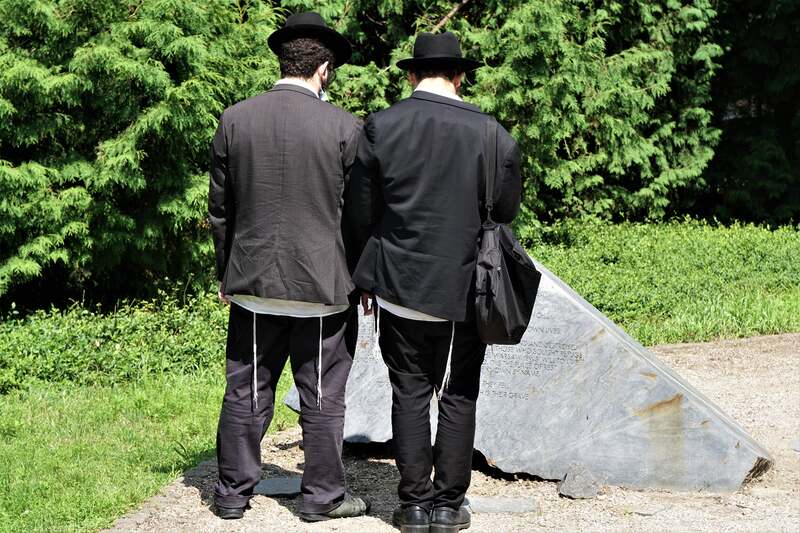
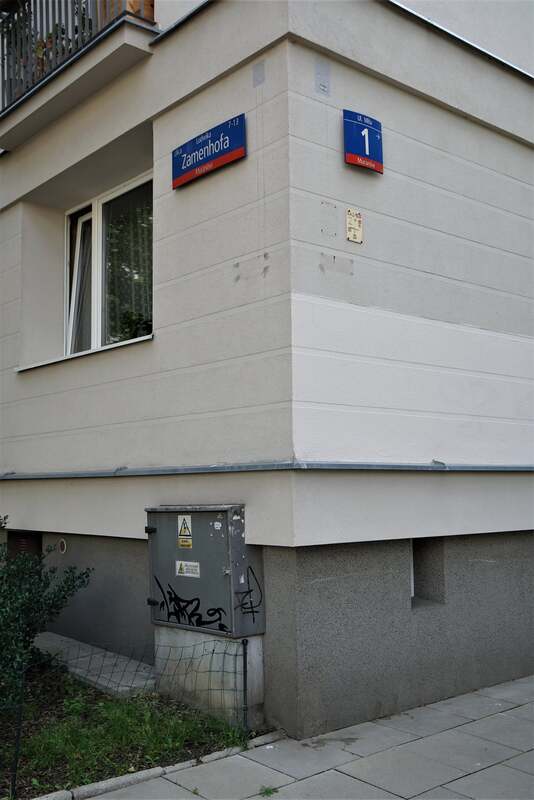
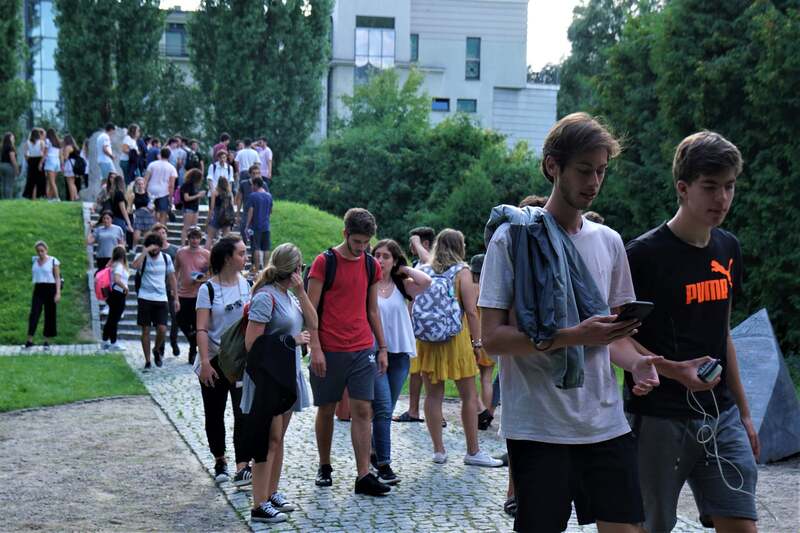
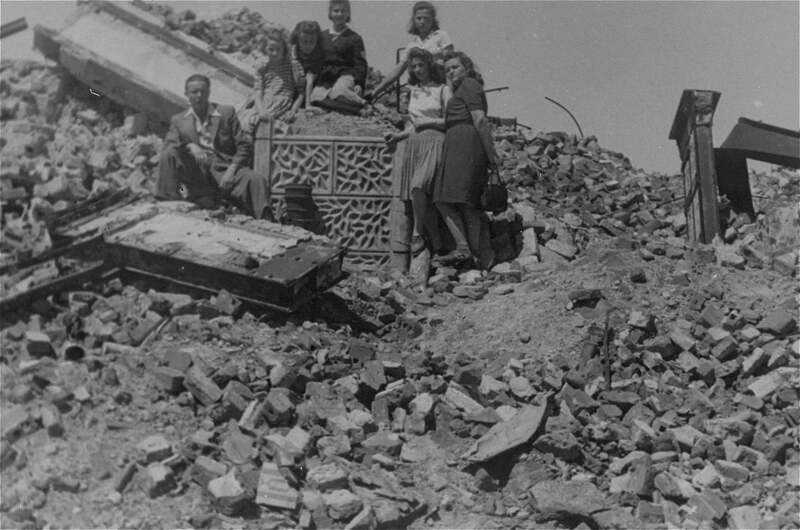
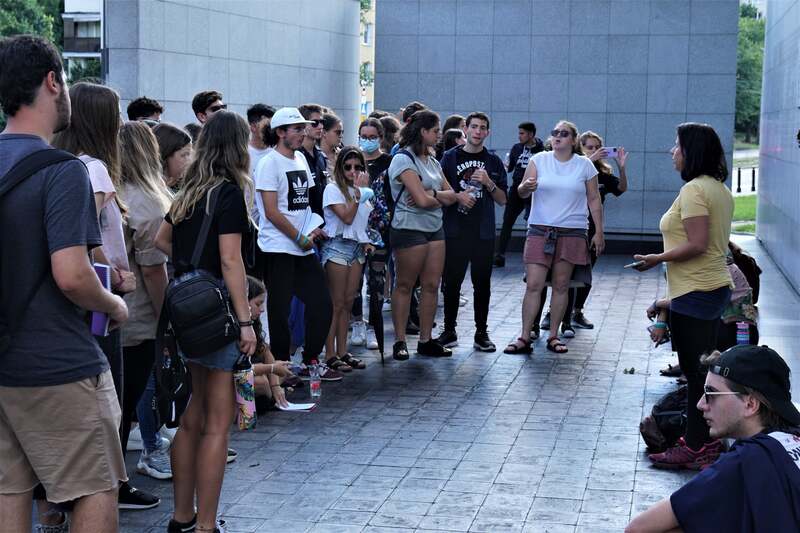
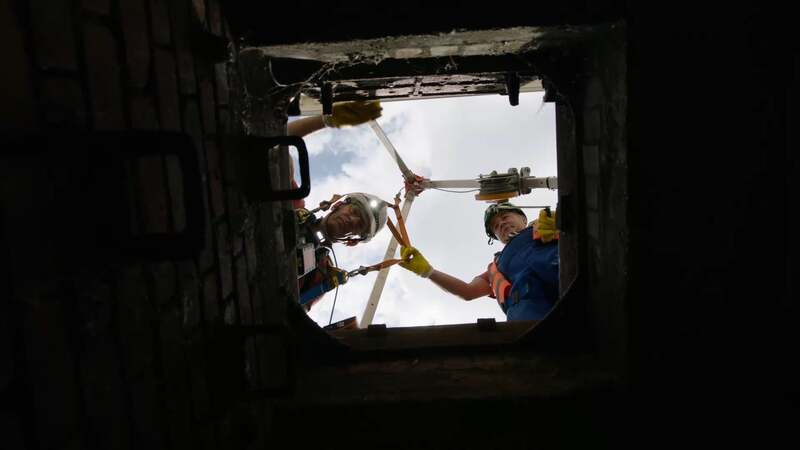
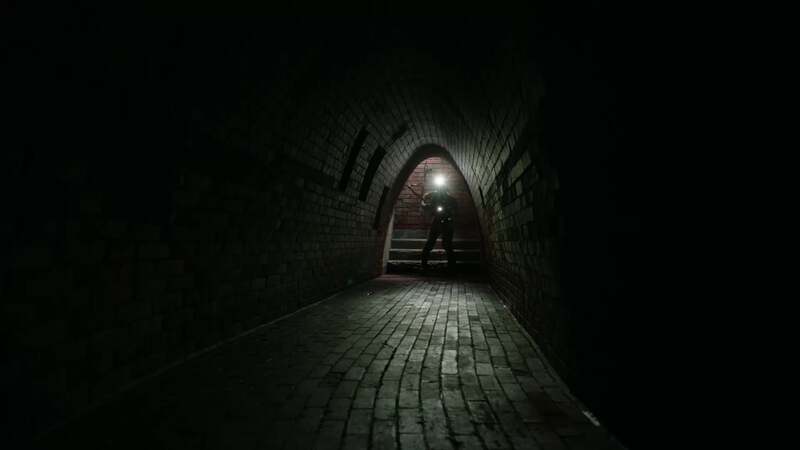
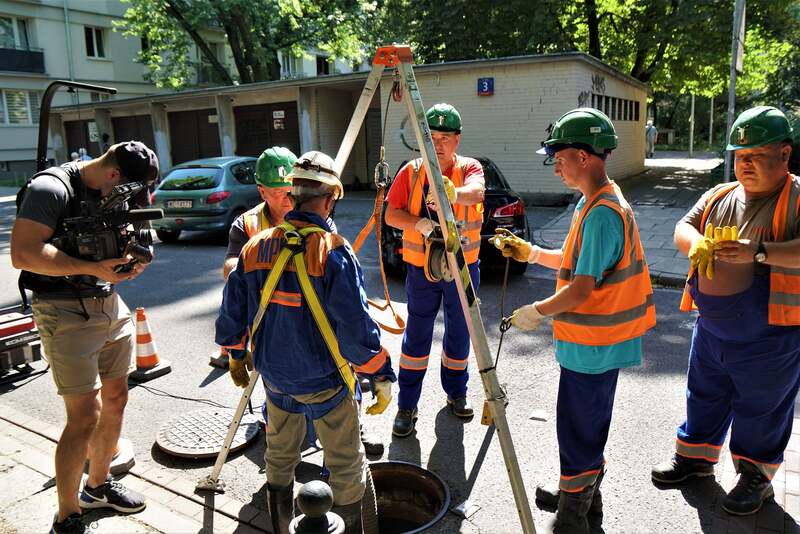
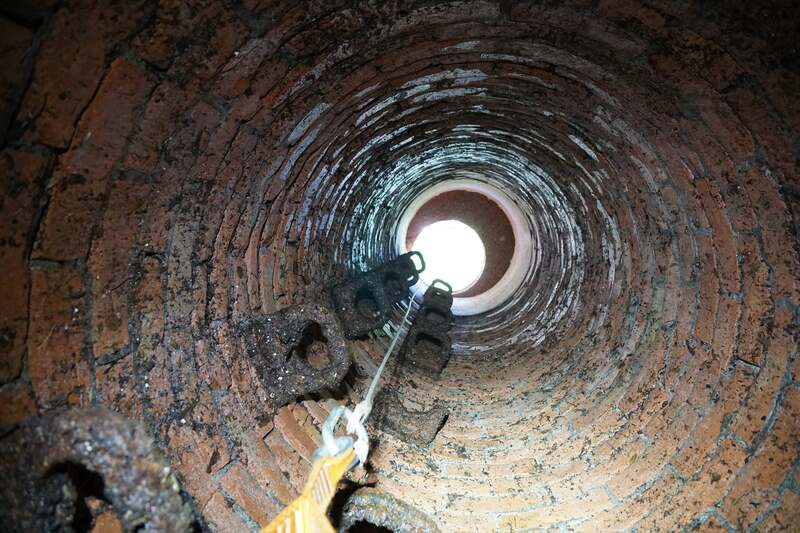
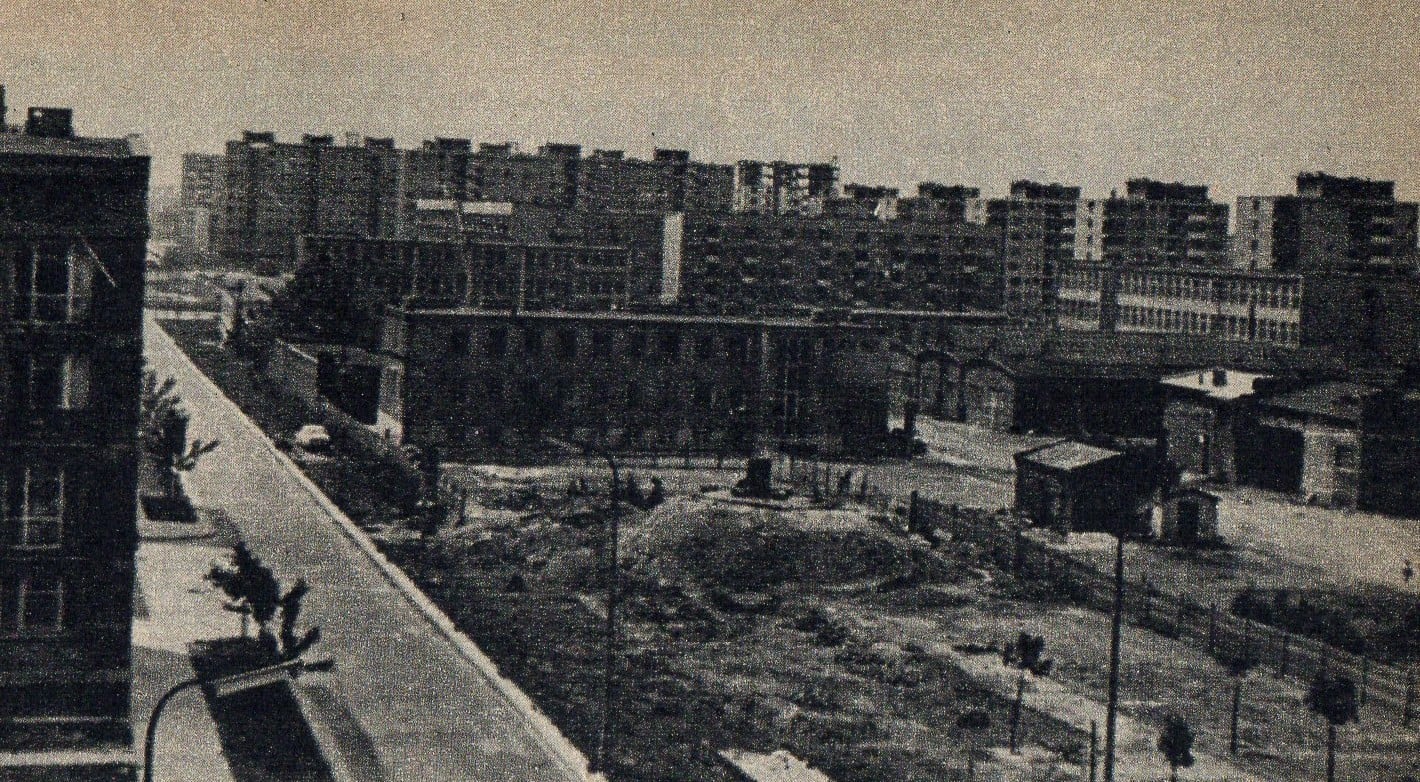
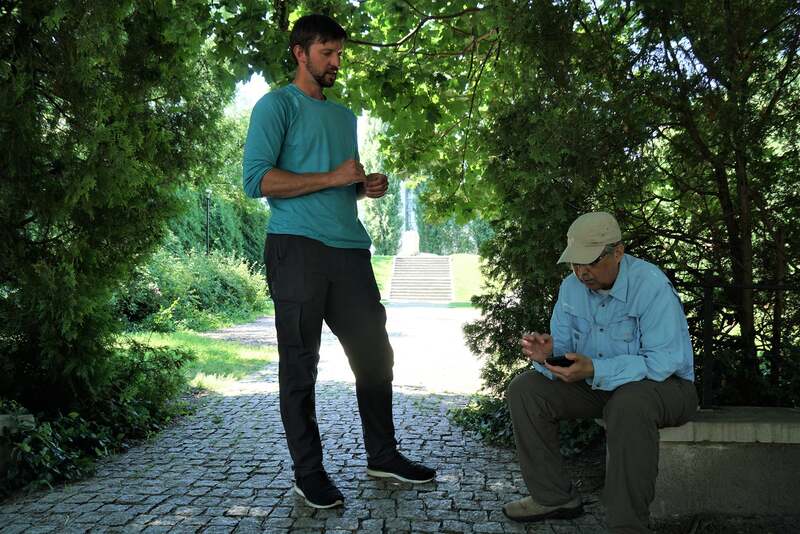
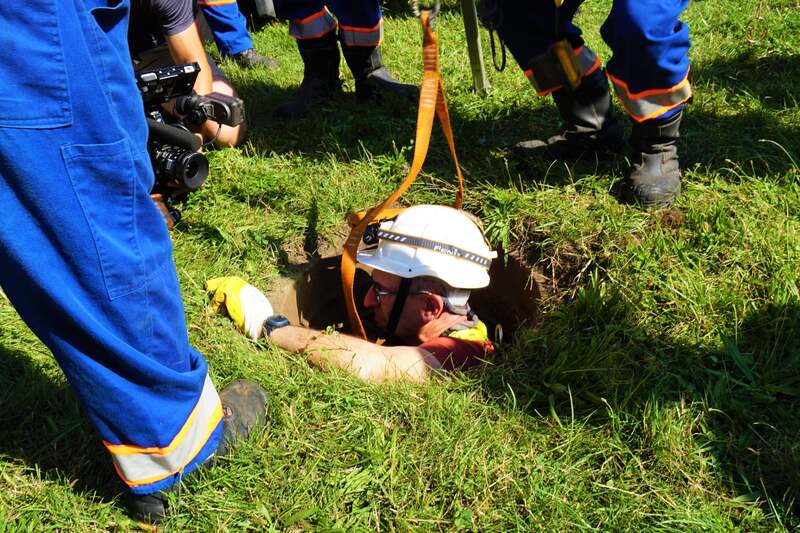
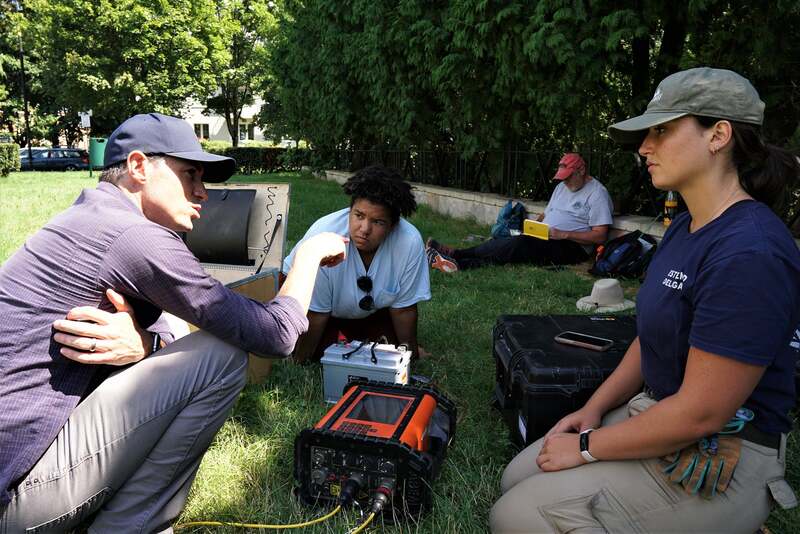
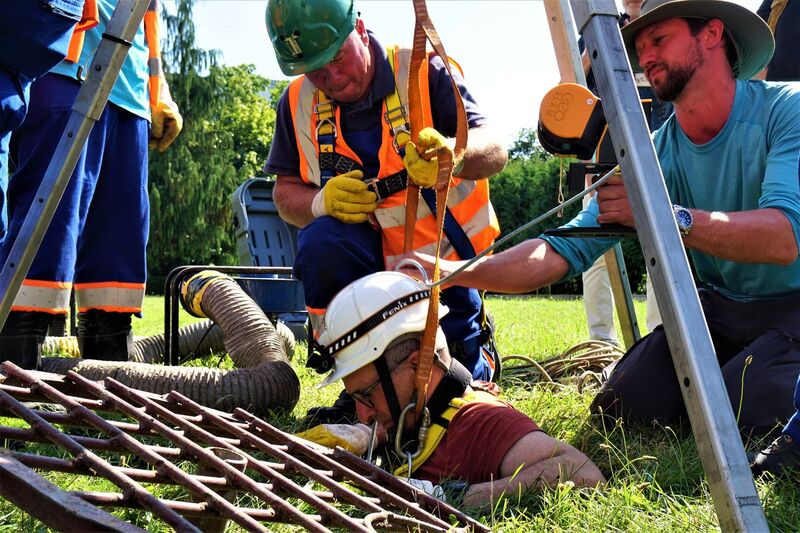
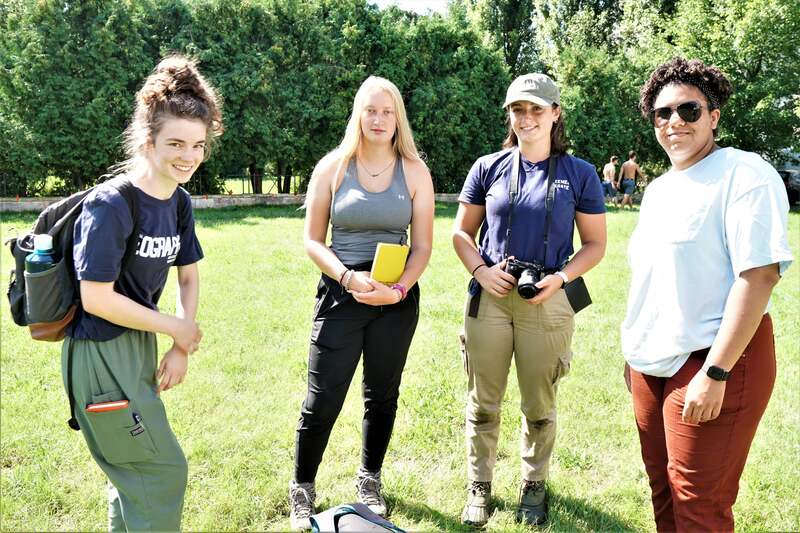
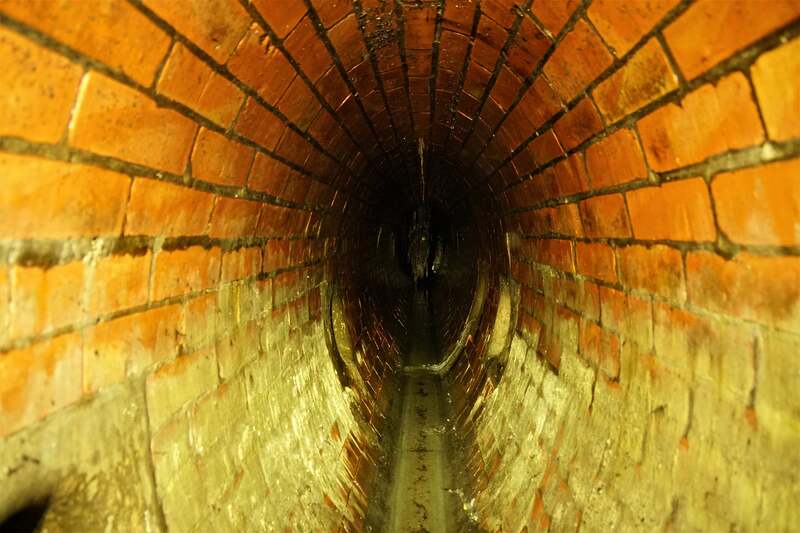
 RSS Feed
RSS Feed